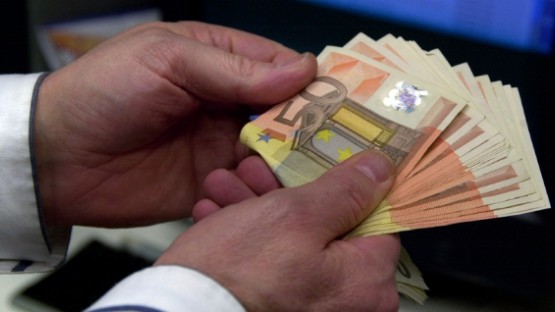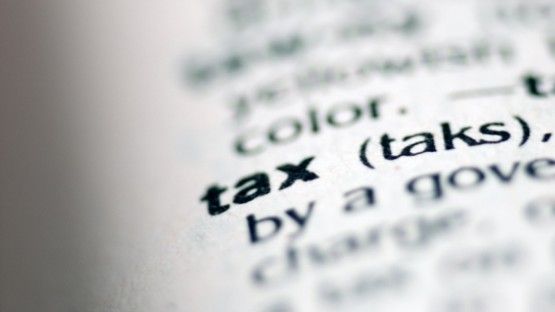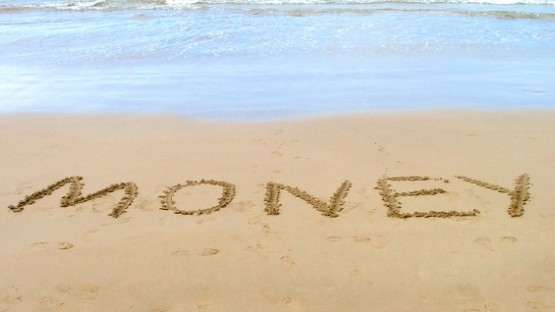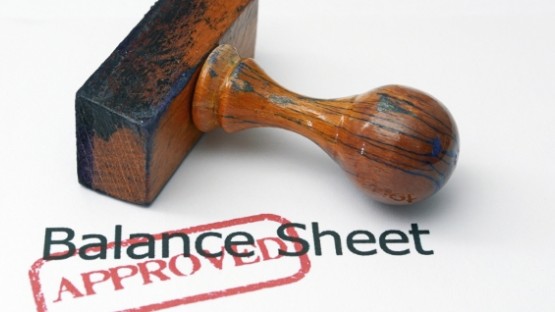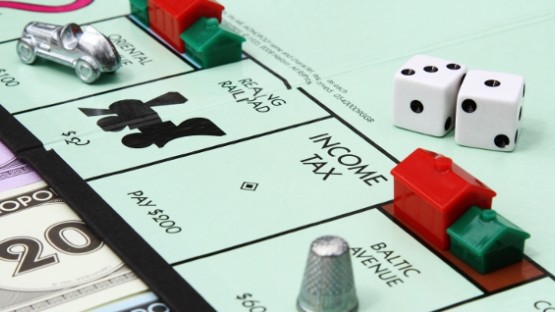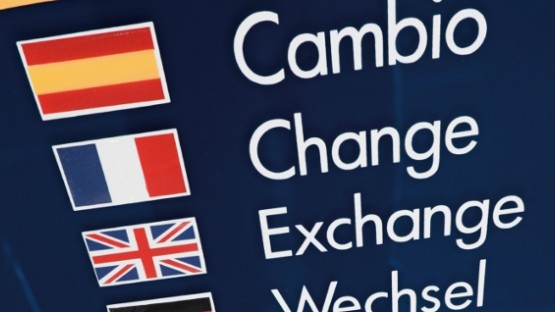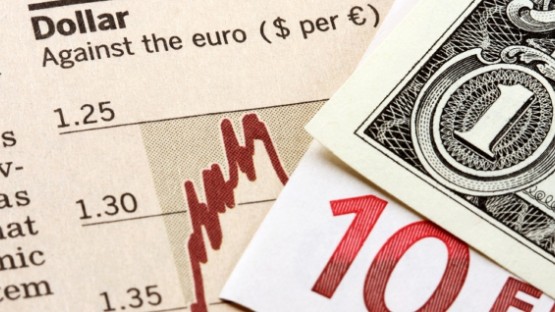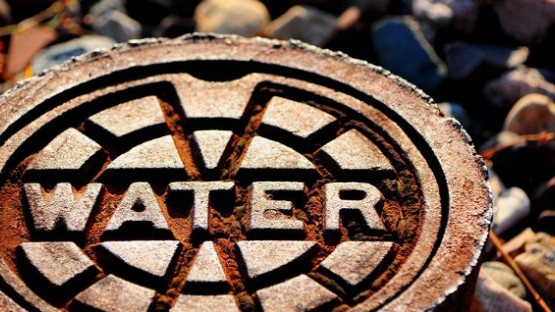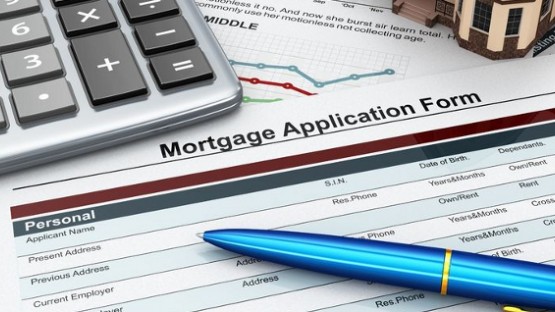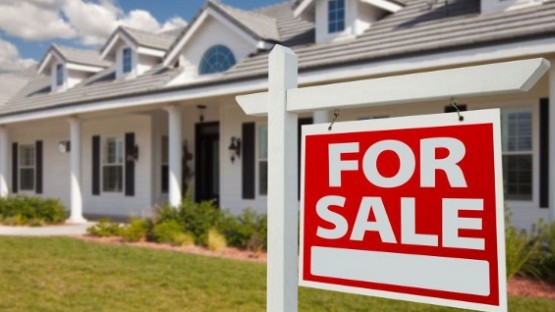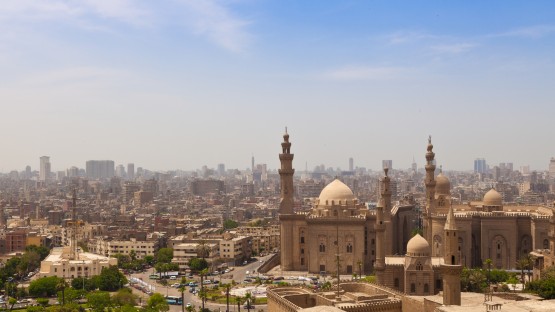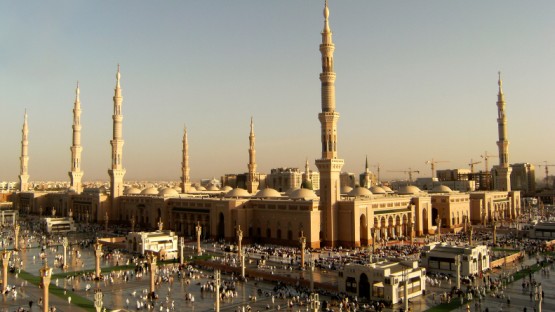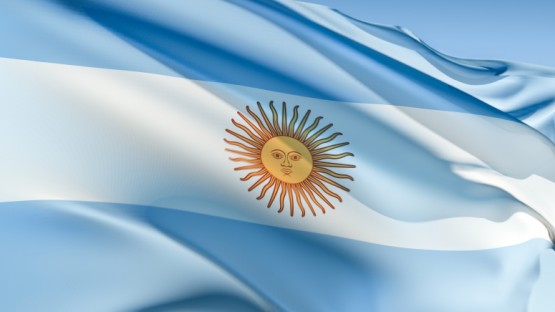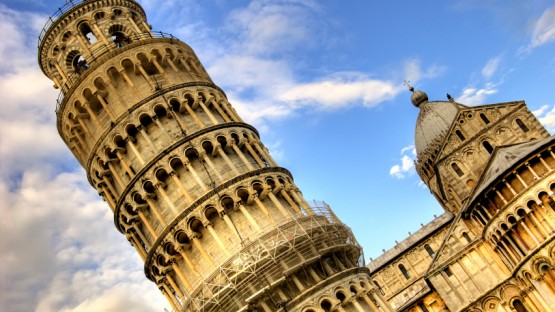
Looking for info on expat finance?
Comparing International Real Estate Prices

Obviously, property prices will play a deciding role in any purchase, be it at home or abroad. In order for you to have an idea of how much real estate costs in other countries, InterNations has in the following not only summed up some of the most expensive locations around the globe, but also taken a closer look at current trends in the real estate markets of various popular destinations. Take a look and see how property prices compare worldwide.
Most Expensive Locations Around the World
With average prices of around 40,000 to 50,000 USD per square meter, Monaco is once again the uncontested international number one in regards to property prices. However, one need not go to the Mediterranean playground of the rich and famous to encounter steep property prices. The UK, Switzerland, Hong Kong and Singapore can all be found in the top ten of various listings concerned with real estate prices worldwide, and the same is true for Russia, France and the United States of America.
It is in the big and international cities of these countries, such as London, Geneva, Moscow, Paris and New York, where you will find the highest property prices, since living space there is sparse and much sought after. London, for example, reaches second place in most global listings, with prices of up to 20,000 to 30,000 USD a square meter. These increased prices in Great Britain’s capital are not only cause by a local demand, but also growing number of foreign buyers.
In view of high demand and limited availability, it is hardly surprising then that city-states are some of the most expensive locations worldwide when it comes to properties. In Hong Kong, for example, real estate prices have doubled since 2007 and nowadays you will have to be prepared to pay at least 20,000 USD per square meter. Prices in Singapore, after a massive crash in 2009, are again on a similar continuous upwards trend and have now reached a new all-time high. As a consequence, prices here are only slightly below those in Hong Kong.
Current Trends in Real Estate Markets
Even with the burst of the housing bubble in many countries in 2008 and 2009, the global financial crisis and the consequent fall in housing prices, a general upward trend is discernible in most of the locations mentioned so far. The American property market, for example, has finally seen an increase of 12% in 2013. Prices in real estate markets in Switzerland, Austria, Germany, Canada as well as South Africa have steadily increased for a number of years now. In Germany, for example, prices for a square meter in Munich, the country’s most expensive city, have now reached a new all-time high of around 13,100 USD.
Real estate markets in most Southern European countries as well as in Ireland and the Netherlands, on the other hand, continue to decline. Spain, for example, has faced a decrease of over 30% in property prices since the beginning of 2008. However, the negative development in Spain’s property market is even outdone by Ireland’s stricken real estate market which has seen a staggering 49% decrease in prices over the last five years. Many countries in the south of Europe have, in view of these sinking prices, now introduced so called golden visa schemes in order to draw foreign investors into their countries.
While generally not one of Asia’s more inexpensive countries, prices for properties in Japan have until recently continued to follow a downwards trend that has been observable for more than twenty years now, ever since the big crash in 1991. However, not least of all due to a number of economic policies introduced since 2012, Japan’s real estate market is finally seeing the light at the end of the tunnel: Land as well as home prices have both been picking up and are expected to rise further.
In Latin America, Brazil is surging ahead, ranking as the South American number one in Knight Frank’s Global House Price Index, thanks to an annual growth of 13.7% in 2012 and prices of up to 4,000 USD per square meter. Currently, no other Latin American country comes close, neither in terms of average prices for homes nor in regards to the growth in the real estate market. Costs in Ecuador, to give you an example for comparison, are on average less than 1,000 USD per square meter.


